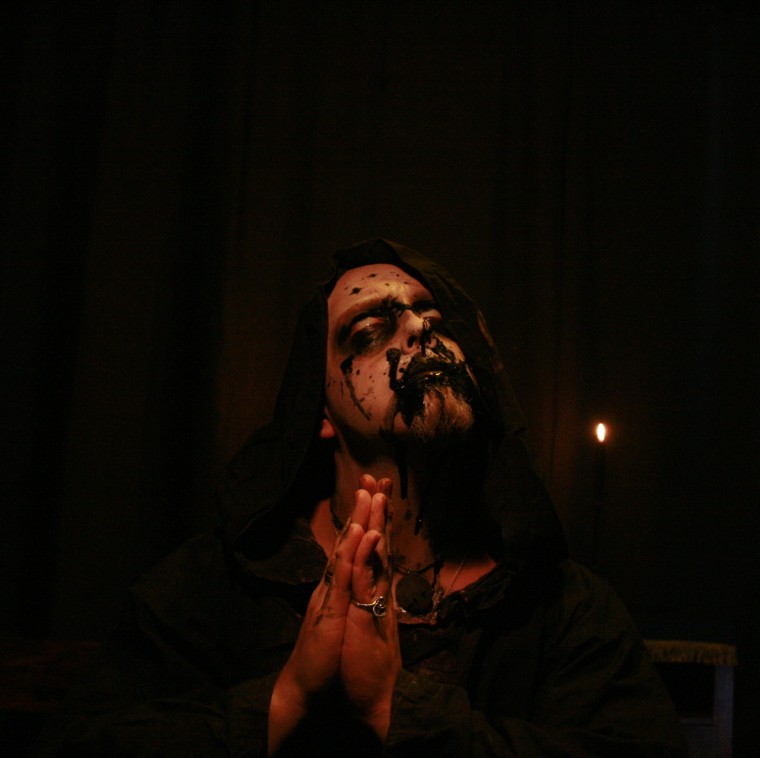Every Friday, The Metal Examiner delves metal’s endless depths to present the genre’s most important and exciting albums.

Sargeist: Let the Devil In (Moribund, 11/9/2010)
[audio:https://alarm-magazine.com/wp-content/uploads/2010/11/06-Discovering-the-Enshrouded-Eye.mp3|titles=Sargeist – Discovering the Enshrouded Eye]Finland’s Sargeist became orthodox black-metal torch-bearers with the release of the 2003 album Satanic Black Devotion. After missing the mark with its last full-length, the band has returned to form with Let the Devil In, another compelling creation of harmonically dense black metal.
Generally, to achieve orthodox black metal, all that’s needed are a few riffs of sliding minor chords, corpse paint, some occult symbols, and a gothic font. However, creating something worth hearing is a much more complicated task. Many bands successfully ape the aesthetics of Norwegian innovators Darkthrone and Burzum, but very few understand the subtleties that made the music of the second wave of black metal more than just a side note to the outlandish stories of murder and church burning. Sargeist, though not creating on the level of the all-time greats, is making music that is more than a poor Transilvanian Hunger clone.
Busy minor-key melodies layered with thirds and sixths carry this music. The definitive Sargeist riff is epically melodic, while still touching a sense of melancholy. These passages stir feelings of sadness, longing, and pride, a blend of emotions that is far more important to a black-metal release than the typical evocations of grimness and hatred. Though complicated, the melodies are quite memorable in a bouncy, contrapuntal way. The works of Johann Sebastian Bach are a reasonable reference point for this style of melodic composition.
Whereas Satanic Black Devotion was more minimalist in structuring, Let the Devil In contains many more riffs per song. However, the basic binary songwriting still holds, as the first theme is stated over a blast beat before the second is introduced over a rocking back beat.
Though not mandatory listening, Sargeist has contributed one of the few black-metal albums that remains engaging over repeat listens. A special aspect of Shatraug’s musical mind, one that doesn’t make appearances in Horna, is on display here. Anyone who views the world through melancholic glasses or who has memorized his or her early Darkthrone albums will find Let the Devil In to be an immersive experience.

